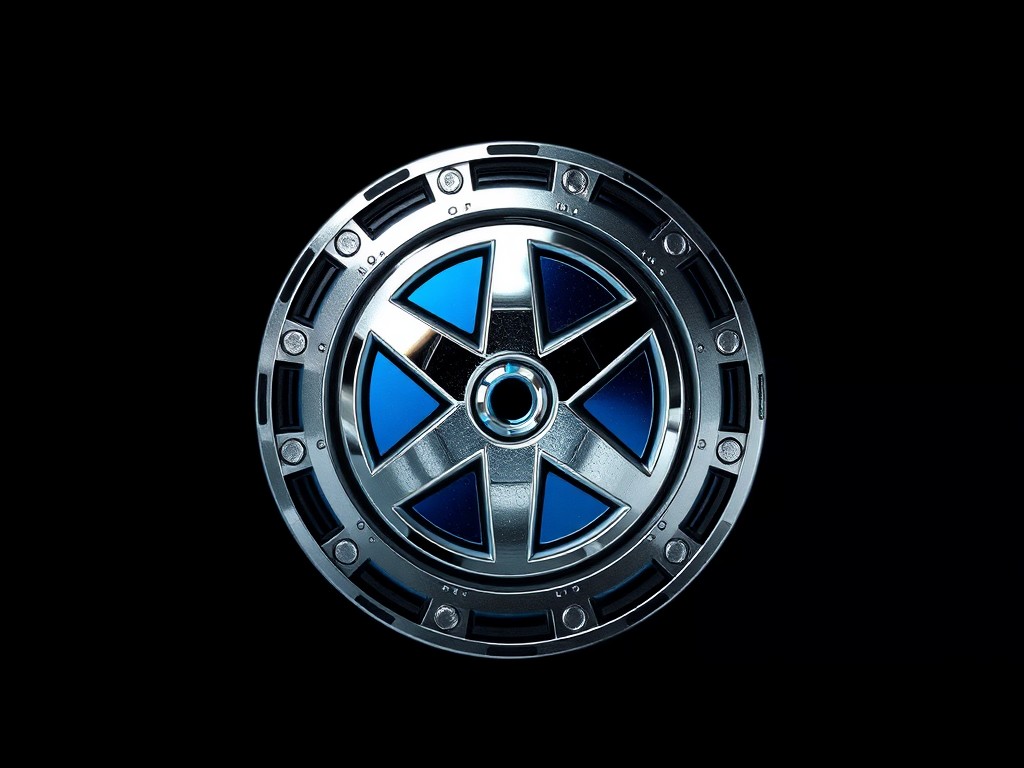In an era where the shift towards sustainable energy alternatives is more crucial than ever, the idea of using biofuels, such as biodiesel, has emerged to the forefront. The appeal of biodiesel is multifaceted – not only does it provide an eco-friendly solution to fuel consumption, but it can also be produced from waste oil, making it a sustainable option. For those of you in the United Kingdom who are considering converting your car to run on this green fuel, this article will outline the step-by-step procedures, so you can make an informed choice.
Understanding the Basics of Biodiesel
Before diving into the conversion process, it’s important that you understand what biodiesel is and how it differs from regular diesel fuel. Biodiesel is a renewable fuel produced from vegetable oils, animal fats, or waste cooking oil. It is designed to work in a diesel engine, meaning that in most cases, your car won’t need any modifications to run it. Biodiesel is not only a cleaner-burning fuel but also results in less engine wear and tear.
This might interest you : How can you design and apply a custom vinyl wrap on your car without professional help in the UK?
Assessing the Suitability of Your Vehicle
Before deciding to convert your vehicle to run on biodiesel, you need to determine its suitability. Not all engines are primed for this type of fuel. While most diesel engines can run on biodiesel without any modifications, some motor manufacturers may not recommend it. This is because biodiesel is a solvent, meaning it can break down deposits of residue left by petroleum diesel.
Therefore, it’s crucial to check your vehicle’s manual or consult with the manufacturer to confirm if your vehicle can handle biodiesel. If it’s an older model, changes to the fuel lines and seals might be necessary as biodiesel can degrade rubber. Keep in mind that any modifications you make could potentially void your vehicle’s warranty.
This might interest you : What are the critical considerations for choosing winter tires for a sports car in the UK?
The Conversion Process
Should you discover that your motor is indeed suitable, the next step is the conversion process itself. With the right set of tools and a bit of mechanical prowess, you can convert your vehicle to run on biodiesel. The conversion process typically involves installing a fuel tank for the biodiesel and a heat exchanger to warm the fuel before it enters the engine.
A switch is also installed that allows you to switch from diesel to biodiesel based on your needs. This is because biodiesel doesn’t perform as well in colder temperatures, so having the option to switch back to diesel can be beneficial during the winter months.
Understanding the Legal Aspects and Taxes
Before converting your vehicle to run on biodiesel, you need to consider the legal aspects. This includes understanding the tax implications as detailed by HM Revenue and Customs (HMRC). Currently, biodiesel produced for personal use is tax-free in the UK, up to a limit of 2,500 litres per year.
If you exceed this amount, you’re required to register as a fuel producer with the HMRC and pay excise duty on any fuel you produce over the limit. If you plan to sell any biodiesel you produce, you must also register as a fuel producer, regardless of the quantity produced.
Maintaining Your Biodiesel Vehicle
Once your vehicle is converted, maintenance is key to ensuring the longevity of your engine. This includes regularly cleaning your fuel tank to avoid potential clogging from the residue that biodiesel can leave behind.
Furthermore, biodiesel can have a cleansing effect on your engine, which can lead to clogged filters. During the initial period after switching to biodiesel, you should monitor and replace your fuel filters as necessary.
In conclusion, converting a vehicle to run on biodiesel is not a decision to be taken lightly. It requires careful consideration, planning, and understanding of your vehicle and the law. With the right approach, however, it can be a worthwhile endeavour, contributing to a more sustainable future and potentially significant savings in the long run.
Dealing with Potential Problems
When converting your vehicle to run on biodiesel, it’s essential to anticipate potential problems that may arise. One of the most common issues with biodiesel is its performance in cold weather. Because biodiesel has a higher gel point than petroleum diesel, it can become too thick to pump through your fuel system in cold weather. Therefore, it’s advisable to have a dual fuel system that allows switching between biodiesel and conventional diesel in colder months.
Biodiesel is also known to cause deterioration in certain types of rubber compounds, so you may need to replace the fuel lines and seals in older vehicles with synthetic alternatives. Additionally, biodiesel can dissolve residues left by petroleum diesel and cause clogs in your fuel system, so you may need to change your fuel filters more regularly initially after the conversion.
Remember, troubleshooting these issues may require professional help, particularly if you’re not confident in your mechanical abilities. Also, consider having your biodiesel mix tested by a laboratory to ensure its quality before you use it in your vehicle, as poor-quality fuel can cause engine damage.
The Ecological and Financial Impact
Switching to biodiesel can have a significant impact, both on the environment and on your wallet. From an ecological perspective, biodiesel is a renewable resource, made from waste vegetable oils or animal fats, which would otherwise be thrown away. Using biodiesel in your vehicle reduces greenhouse gas emissions compared to conventional diesel, helping to combat climate change.
From a financial standpoint, producing your own biodiesel can be cost-effective if you can source waste vegetable oil for free or at a low cost. According to a report from the Energy Saving Trust, home-produced biodiesel costs around 15p per litre to make, compared to around 132p per litre for conventional diesel. That’s a substantial saving over time.
However, keep in mind that there are costs associated with the conversion process and ongoing maintenance, and you also need to factor in the potential loss of your vehicle’s warranty. Therefore, it’s crucial to weigh up all these factors before deciding whether converting your vehicle to run on biodiesel is the right choice for you.
In conclusion, converting your car to run on biodiesel is an involved process that requires careful research, some mechanical knowledge, and a clear understanding of the benefits and potential challenges. However, if done correctly, it can be a cost-effective and environmentally friendly alternative to conventional diesel. By considering the suitability of your vehicle, understanding the conversion process, dealing with potential issues, and acknowledging the ecological and financial impact, you can make an educated decision and contribute to a more sustainable future. The shift towards renewable energy is more vital than ever, and every step, no matter how small, helps in creating a greener world.











